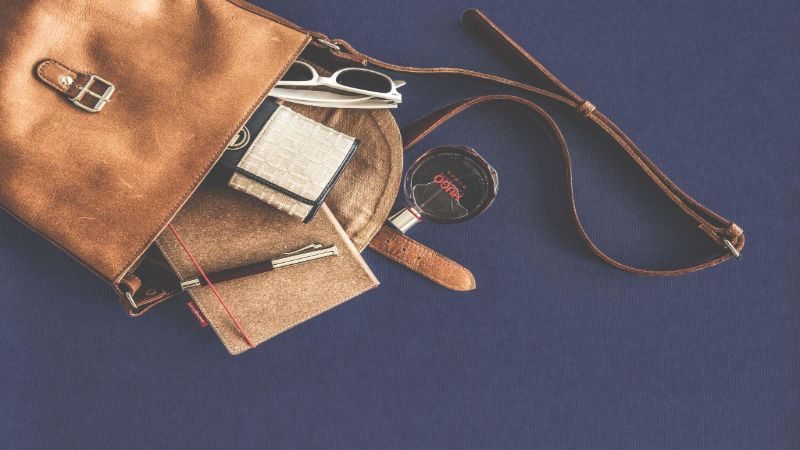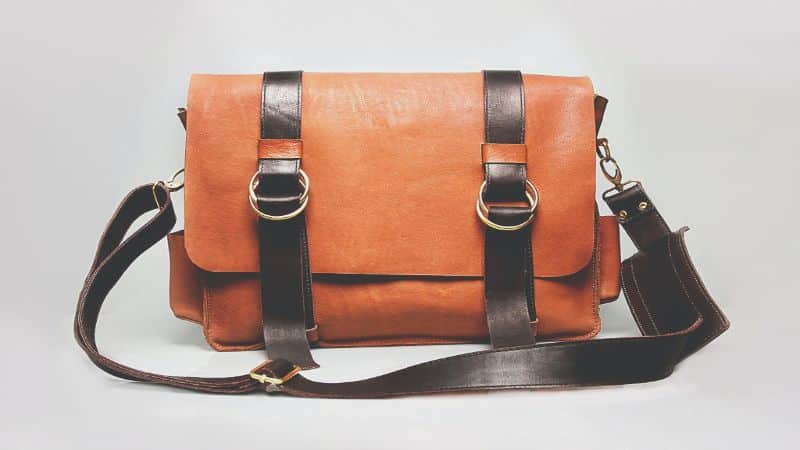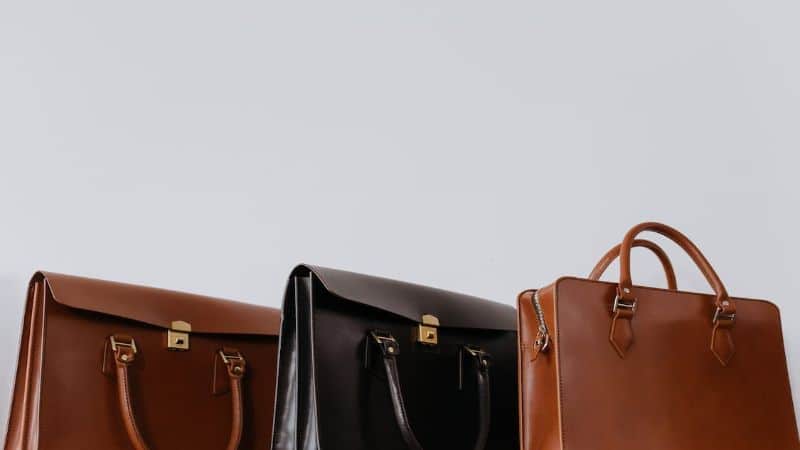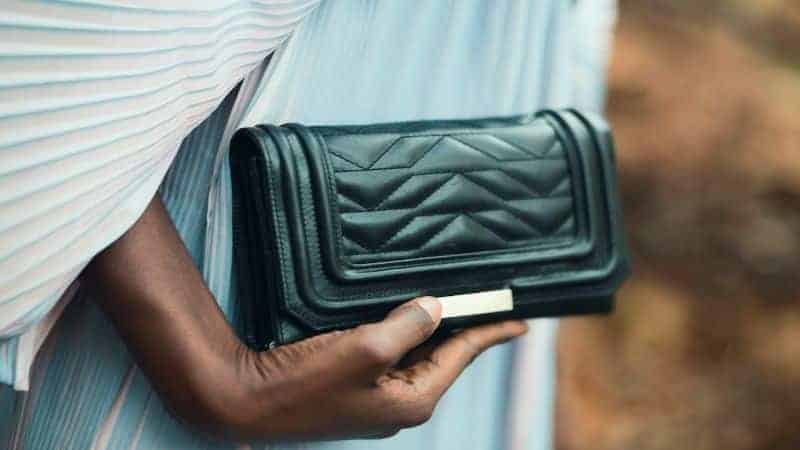You’ve got your eye on that high-end designer handbag, haven’t you? It’s sleek, it’s chic, and it screams luxury. But in a world where knockoffs are king, how can you be sure you’re getting the real deal and not some clever counterfeit?
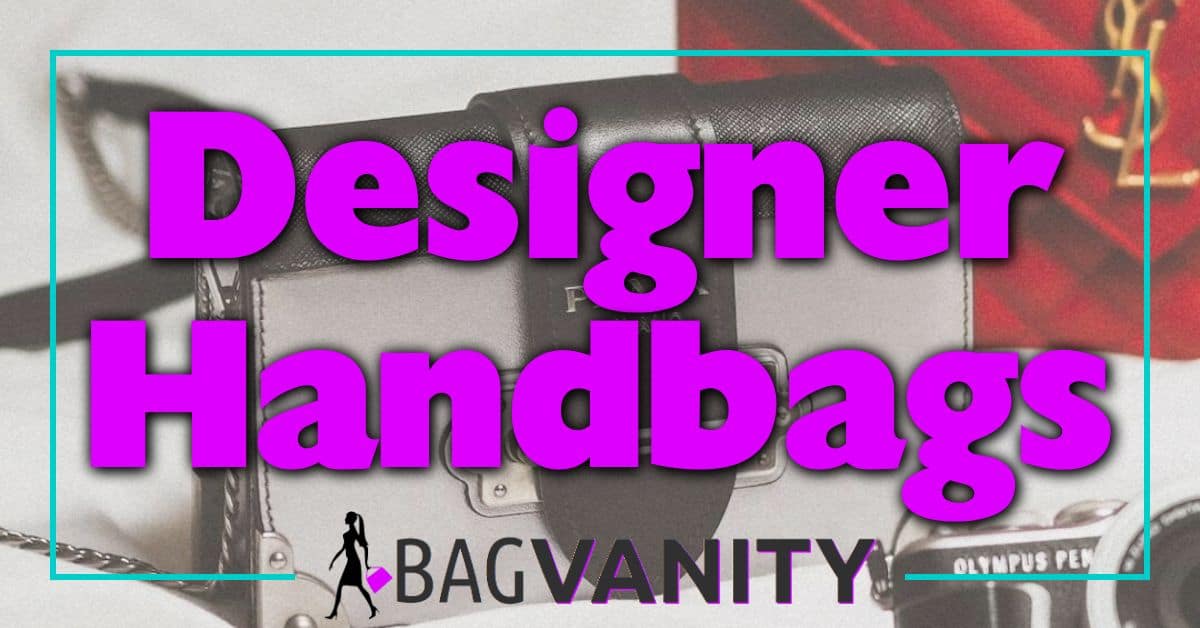
Spotting a fake isn’t just a matter of pride; it’s about getting what you pay for. With the right know-how, you’ll never be duped by a faux fashionista’s wares again.
Let’s dive into the telltale signs of a fake designer handbag so you can shop with confidence and add only authentic elegance to your collection.
How to Spot a Fake Designer Handbag
First and foremost, examine the stitching. Authentic bags boast impeccable stitching – even, straight, and aligned. Any sign of sloppy, inconsistent stitches should raise red flags. Designers take pride in craftsmanship, so genuine products reflect this quality.
Next, focus on the material. Luxury handbags feel luxurious; expect exceptional leather or fabric, firm to the touch yet supple. A fake often feels stiff, cheap, or overly shiny, betraying its counterfeit nature.
Check the hardware. Real designer bags feature metal that’s heavy, durable, and often branded. Zippers, clasps, and buckles should operate smoothly, with the logo accurately depicted. Counterfeits regularly miss the mark here, offering lightweight, low-quality hardware that’s prone to malfunction.
Turn your attention to logos and branding. They’re a telltale sign. Authentic logos are never crooked, unclear, or misprinted. Look for precise, clear branding—any deviation suggests a fake.
Inspect the interior. An authentic handbag showcases high-quality lining, usually stitched in and free of bubbles or creases. The interior label should match the brand’s standard fonts and logos, something replicas often overlook.
Research the details of the specific designer. Each has unique trademarks—whether it’s a specific pattern, lining, or type of stitching. Know these intimate details and compare them when you’re shopping.
Lastly, trust your instincts. If a deal seems too good to be true, it probably is. Don’t let excitement cloud your judgment. You know what real quality feels like, and if something’s off, it’s okay to walk away.
Remember, knowledge is power. Arm yourself with these insights and you’ll be well-equipped to spot the fakes, ensuring your collection remains authentic and valuable.
Study the Logo and Branding
When inspecting a designer handbag, the logo and branding are tell-tale signs of authenticity. Counterfeiters often get the details wrong. You’ll want to examine every aspect of the logo’s design.
- Check the logo’s size and placement. Authentic bags will have consistent and precise logo placement.
- Observe the font used. Designers have specific fonts, and any deviation can be a red flag.
- Analyze the color of the logo. It should match the brand’s standard.
For example, a genuine Louis Vuitton piece will have the LV monogram evenly printed, not cut off or unevenly spaced. Logos should be symmetrical, and the print quality must be high; no blurring or fading.
Occasionally, fake bags might misspell the brand name. It sounds obvious, but it’s a common mistake. Always compare with the official branding.
Hardware Inscription
Further scrutiny should be applied to the hardware of the handbag. Take a close look at zippers, clasps, and buckles.
- Authentic bags often have the brand name inscribed on the hardware.
- The engraving should be clean and clear.
- Inscriptions are typically thin and delicate, whereas fakes may have thicker, clumsier etching.
Feel the weight of the zipper. Designer handbags commonly use higher quality metal that feels more substantial.
Interior Labels
Peek inside the bag and study the interior label.
- Labels should be stitched in, not glued.
- The stitching around the label should be even and intact.
- Verify the serial numbers; many designer bags include them to confirm authenticity.
Remember that even if the exterior logo looks perfect, counterfeiters might skimp on the interior. Pay keen attention to these details to spot discrepancies in craftsmanship. It’s in these subtle areas that fakes often falter. So keep a vigilant eye—you’re shaping up to be quite the connoisseur.
Examine the Quality of Materials and Hardware
Authentic designer handbags are renowned for their superior materials. The leather, fabric, and other substances should feel luxurious to the touch. High-end designers often use materials like full-grain leather, which develops a patina over time. In contrast, fake bags might feel plastic-like or stiff due to inferior quality.
« How to Tell If a Chanel Handbag Is Real: Spot Fakes with These Expert Tips
How to Tell If Coach Handbag Is Real: Spot Fakes with These Pro Tips »
When you’re evaluating a handbag, rub the material between your fingers. Genuine leather has a distinct, musky smell and a complex texture, while fake leather tends to have a chemical or plastic odor. Also, look closely at the color uniformity. Authentic bags maintain a consistent hue throughout, without discoloration or unnatural patterns that often plague fakes.
Now turn your attention to the hardware. Designer brands spare no expense with details, which means every buckle, button, and hook should feel solid and heavy. Most importantly, the hardware should bear the designer’s name or logo precisely and clearly. This inscription is often overlooked in counterfeit products. Fakes may have misspellings or irregular font sizes.
Check the quality of zippers and clasps. They should glide smoothly and close securely without any fuss. If you’re struggling to zip the bag or if the clasp feels flimsy, it’s a red flag. Always remember, designers prioritize functionality and finish—compromises here suggest a fake.
Here’s a quick checklist to remember when inspecting hardware:
- Consistency in color and finish
- Engravings with correct spelling and clear fonts
- Sturdy, smoothly operating zippers and clasps
- Heavy and solid feel, not hollow or lightweight
Pay close attention to these tactile and visual cues. They’re the small details that can reveal a lot about the authenticity of a designer handbag. Keep in mind the old adage – if something feels too good to be true, it probably is. Remember, you’re not just buying a brand; you’re investing in craftsmanship.
Pay Attention to the Stitching and Construction
When you’re examining a designer handbag, stitching should be your first checkpoint. Authentic luxury handbags boast impeccable stitching. Examine the consistency and spacing. High-end designers ensure that stitching is evenly spaced and straight, with no loose threads. If you spot any irregularities, consider it a red flag.
Here’s a quick guide to assess stitching:
- Look for uniform stitches along the edges and straps.
- Check for any skipped stitches or patterns that don’t match up.
- Turn the bag inside out if possible. The stitching should be as perfect on the inside as it is on the outside.
Another important factor is the construction of the bag. The shape and structure of a designer handbag are crafted with precision. Materials used in the lining and reinforcement should be of top quality, ensuring that the bag retains its shape over time. Fake bags often have poor structure and tend to sag or bulge inappropriately.
Inspect these construction elements:
- Feel the weight and balance of the bag. A high-quality one should not tip over when placed on a flat surface.
- Seams and joints should be flawless with no glue visible.
- Corners and bottoms are reinforced in genuine designer bags to prevent wear and tear.
Remember, luxury brands are all about detail. Every aspect of their handbags is meticulously thought out, from the number of stitches per inch to the placement of the brand stamp. Take your time when examining the bag, and don’t overlook any detail no matter how small. Trust your instincts; if something feels off, it probably is. Your due diligence will pay off, helping you steer clear of fakes and invest in a true piece of craftsmanship.
Check the Price and Retailer
Bargains on designer handbags might be enticing, but if the deal seems too good to be true, it probably is. Designer bags are luxury items, and genuine pieces rarely drop below a certain price threshold. When you’re hunting for that perfect designer handbag, consider these points:
- Retail price: Know the retail price of the bag you’re interested in. Real designer bags are often set at fixed prices and only go on sale at certain times of the year.
- Authorized retailers: Buy from official brand stores or authorized retailers. They guarantee the authenticity of their merchandise.
Be wary of online marketplaces and unauthorized sellers. Scammers often use these platforms to sell counterfeit goods. Be sure to:
- Research the seller: Look for customer feedback and reviews. Establish whether they have a history of selling authentic items.
- Cross-check prices: If a seller lists a bag significantly below retail, question its authenticity.
- Ask for documentation: Authentic bags come with proof of purchase, authenticity cards, and serial numbers. Request this information before buying.
When shopping in person, remember:
- Store environment: High-end retailers invest in the shopping experience. A shabby setup is a red flag.
- Sales staff: Legitimate designer stores have knowledgeable staff. They should be able to provide detailed information about the handbag.
Remember, authentic retailers are as crucial to the authenticity of a handbag as the physical attributes of the bag itself. Your vigilance in examining the seller and their practices can save you from falling prey to a convincing fake. Keep your wits about you, and don’t let a too-good-to-be-true price cloud your judgment.
Conclusion
Arming yourself with the knowledge to identify a fake designer handbag can save you from disappointment and financial loss. Remember to scrutinize every aspect of the bag, from the quality of the material to the craftsmanship of the stitching. Trust your senses and don’t overlook the importance of the hardware’s look and function. If a deal seems too good to be true, it probably is. Stick to reputable sources and don’t hesitate to ask for proof of authenticity. With these skills, you’re now equipped to shop with confidence and add only genuine designer pieces to your collection. Happy hunting!
Frequently Asked Questions
How can one tell if a designer handbag is fake?
Examine the stitching for consistency and spacing, feel the material and check for quality, look at hardware quality and functionality, and inspect logos and branding for accuracy. Details such as material smell, color uniformity, quality of zippers and clasps, and the overall shape and structure should also be scrutinized.
Why is the quality of the material important when identifying a fake handbag?
The material of an authentic designer handbag is of high quality, often with a distinctive and luxurious feel and smell. Fake bags often use inferior materials that may look and feel wrong, making quality an immediate indicator of authenticity.
What should be considered when checking the hardware of a handbag?
Authentic handbags typically have well-crafted and durable hardware. Check for the functionality and finish of zippers, clasps, and other metal details. Hardware should normally be branded and show no signs of poor manufacturing, like uneven plating or discoloration.
Why is stitching crucial when examining a designer handbag?
Authentic handbags will have precise, consistent, and evenly spaced stitching. Irregular, sloppy, or uneven stitching is a common characteristic of fake handbags. Also, pay attention to the reinforcement of areas that should hold more weight.
How does studying the interior help in spotting a fake handbag?
The interior should be well-finished with accurate branding and labels. Many counterfeits overlook the interior quality and detailing, so a careful examination can reveal a fake if inconsistencies or substandard craftsmanship are present.
Is checking the price and retailer an effective strategy to spot a fake handbag?
Yes, checking the price and retailer is fundamental. If the price is significantly lower than the average retail price, it could indicate a counterfeit. Always buy from authorized retailers and be cautious with online marketplaces and unauthorized sellers.
Can the research of the seller help verify the authenticity of a handbag?
Absolutely. Researching the seller’s history, customer reviews, and authenticity guarantees can offer insights into whether they are selling genuine articles. Unreliable or unknown sellers may be more likely to distribute fake handbags.
Should you ask for documentation when purchasing a designer handbag?
Yes, asking for proof of authenticity, such as receipts, authenticity cards, or certificates, is a good practice when purchasing a designer handbag. Authentic products generally come with documentation that verifies their legitimacy.







